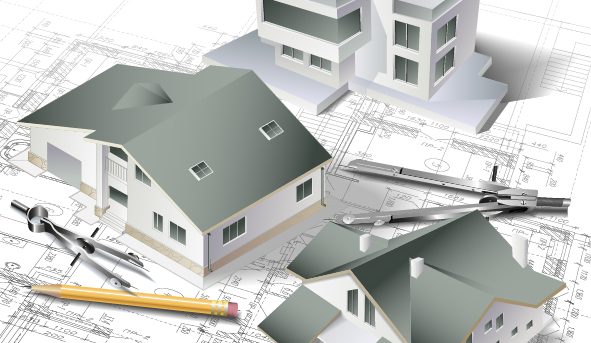‘Back to the Future’ is a movie that has been watched by almost every household, which portrayed a world with driverless cars, laser screens, and other futuristic technologies. These futuristic technologies are no longer viewed as ‘futuristic’, as humanoid bots and driverless cars have become the hot topic across the world and in the Middle East.
Such disruptive technologies, such as ones that allow cars to ‘fly’, have been impacting most sectors globally. The real estate sector is shifting from its traditional paper-and-print structure to an entirely digital system.
PropTech, the application of “new technologies” into the real estate sector, has been innovating the real estate industry as a whole, according to a report by ING. For example, developers can measure the number of occupants in a building through the use of sensors.
A look into 3D-printing in real estate
The Middle East is on the frontiers of 3D-printing technology, as Dubai hosts “the world’s first fully-functional 3D-printed building.” Launched in 2016, the ‘Office of the Future’ was 3D-printed entirely during only 17 days.
The city aims to make real estate development more efficient by making every new building 25% 3D-printed by 2030 under its “Dubai 3D Printing Strategy” that aims to place the UAE on the frontiers of 3D-printing as the world’s leading printing hub.
By the year 2020, the global 3D-printing market is anticipated to reach US$120 billion, and reach US$300 billion by 2025, according to the Dubai Future Foundation. The same source also states that 3D-printing will reduce waste production by 60% and cut construction costs by a significant proportion (from 50%-70%) as well as labour costs (by 50%-80%).
Because 3D-printing reduces costs for developers, it makes real estate more transparent and accessible for a larger portion of the community.
AI applications in real estate
Similarly, to other disruptive technologies, artificial intelligence (AI) can help reduce and cut costs in the real estate industry by forecasting and predicting maintenance beforehand, which aids in eliminating postponed development projects. By using sensors, image-recognition devices and drones, developers are better-equipped with improved safety measures for their workers which enables a more holistic management process.
AI-enabled technologies can also make the real estate industry more efficient. For example, a project manager can walk into an office and inquire about the state of the project through an AI-system. The state of real estate operations, from deliveries to phases due for completion, will appear automatically to the project manager, making the management process more efficient.
The key role of blockchain technology
Blockchain technology – an entirely secured database which shares data across a network of computers – carries an integral role in revolutionizing real estate.
This emerging technology has several benefits;
- Real-time transactions. Through blockchain, transactions can be settled in real-time, allowing for a more transparent relationship between the concerned parties.
- Trust and security. Because of its highly-secured system, which is based on cryptographic proof, parties can make direct transactions without the presence of a third party. It retains and records a ‘history’ of every transaction, which is proof that can always be provided by the concerned parties.
- A report by Deloitte states that transactions are irreversible with blockchain technology, eliminating any risks such as fraud, double-spending, or the manipulation of transactions.
Real estate software solutions
Integrated real estate software solutions are paving the way for more efficient and cost-effective real estate processes. Maisonette is one such real estate solution that automates all business processes for the real estate industry. It provides a fully-integrated cycle for operations, finance and facility management for seamless coordination amongst departments.
All in all, it is fascinating to witness the development of real estate with the aid of disruptive technologies. Soon, you may reside in a building that has been 3D-printed, by at least 25%!

No Comments, Be The First!